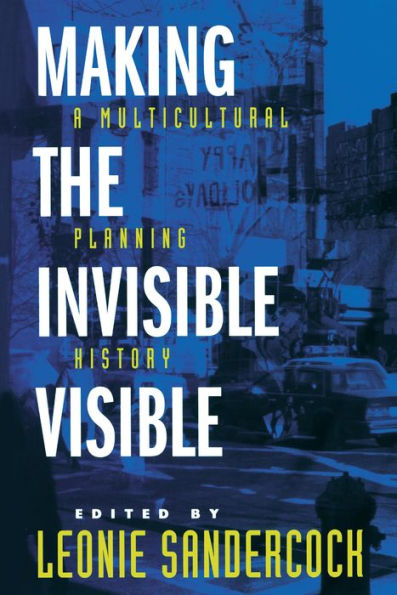5
1
9780520207356



Making the Invisible Visible: A Multicultural Planning History / Edition 1 available in Paperback, eBook

Making the Invisible Visible: A Multicultural Planning History / Edition 1
- ISBN-10:
- 0520207351
- ISBN-13:
- 9780520207356
- Pub. Date:
- 02/08/1998
- Publisher:
- University of California Press
- ISBN-10:
- 0520207351
- ISBN-13:
- 9780520207356
- Pub. Date:
- 02/08/1998
- Publisher:
- University of California Press

Making the Invisible Visible: A Multicultural Planning History / Edition 1
$31.95
31.95
In Stock

Product Details
| ISBN-13: | 9780520207356 |
|---|---|
| Publisher: | University of California Press |
| Publication date: | 02/08/1998 |
| Series: | California Studies in Critical Human Geography , #2 |
| Edition description: | First Edition |
| Pages: | 268 |
| Product dimensions: | 6.00(w) x 9.00(h) x 0.90(d) |
About the Author
From the B&N Reads Blog
